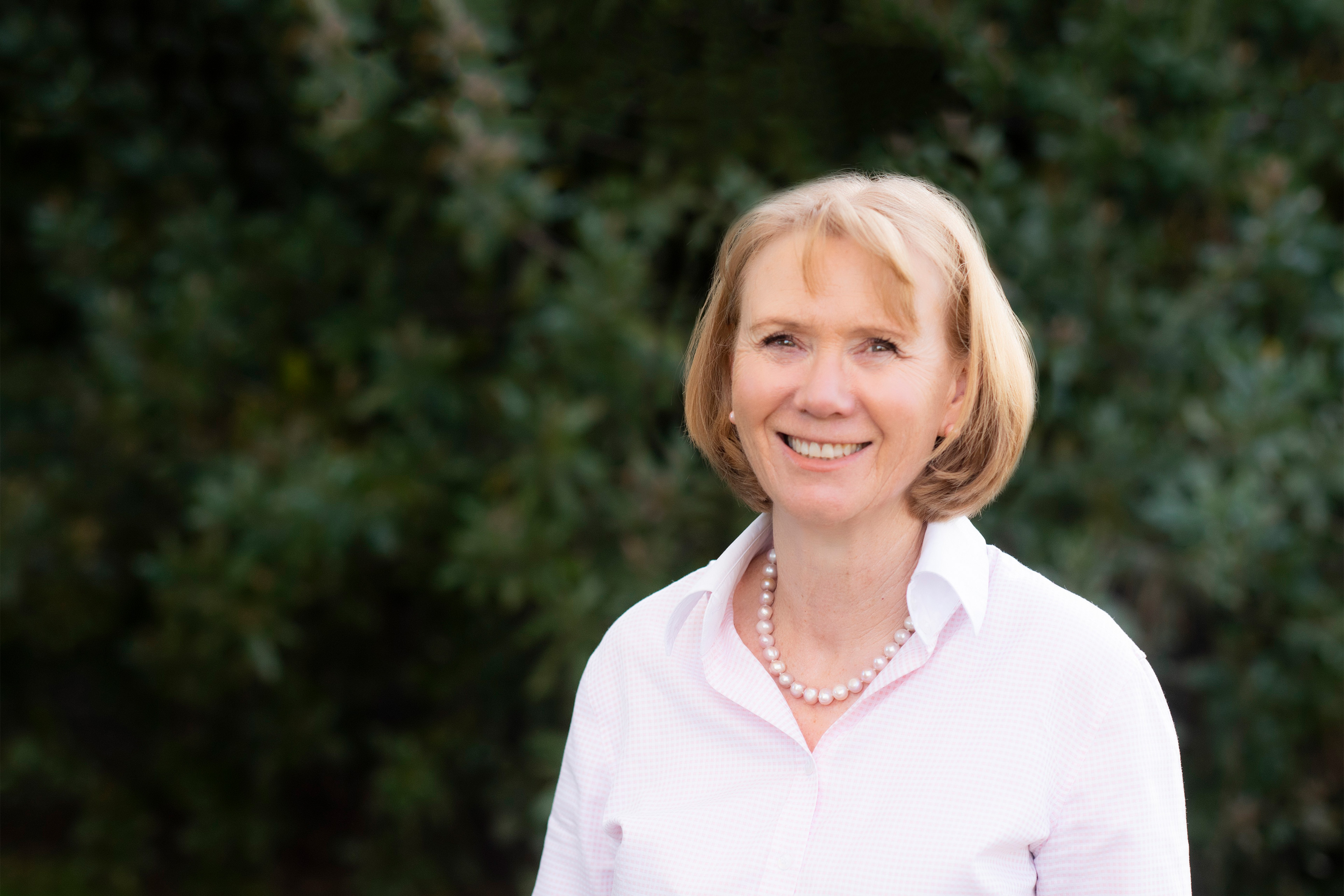EY refers to the global organization, and may refer to one or more, of the member firms of Ernst & Young Global Limited, each of which is a separate legal entity. Ernst & Young Global Limited, a UK company limited by guarantee, does not provide services to clients.

In brief
- The evidence suggests Oceania has reached ‘peak higher education’
- To adapt and thrive, universities must explore how converging technologies and new business models will reinvent the sector
- EY has posited four "What if…?"scenarios that every Vice-Chancellor should consider to chart a course from present to future
Renewable energy and electric vehicle adoption have brought the world to the point of ‘peak oil’ and ‘peak car’. What if the size of the traditional higher education sector has also reached its upper limits? What if the advent of COVID-19 means we’ve reached peak international students, peak undergraduate degrees, peak campus and peak rankings?
There’s plenty of evidence to support this hypothesis. The pandemic proved that, while universities have been with us for centuries, they are not immune to the business reinvention that is taking down giants in media, automobiles and energy. In a world of 'work from anywhere', people also want to 'learn from anywhere' – and new education platforms are rising to meet this demand.
Four "What if…?" scenarios for Vice-Chancellors
If we really have reached peak higher education, universities must reinvent themselves. But reinvention is challenging when organisations are trapped by today’s assumptions. Try this thought experiment to shake off today’s norms:
1. "What if" … the cost of learning is driven down to zero?
Imagine that accessing learning in 2030 is like listening to music via Spotify in 2021. It’s a do-it-yourself or self-directed experience – for a very low fee. At the touch of a screen, you access catalogues of learning content to consume at your own pace, with algorithms taking you deeper into topics of interest and artificial intelligence matching learning activities to your knowledge levels and career goals.
2. "What if" … accreditation is the new battleground?
Imagine that investing in knowledge in 2030 is as easy as investing in exchange traded funds in 2021. Your independent career platform that provides expert advice on which programs link most strongly to your employability and career goals – with choices ranging from on-the-job learning to micro-credentials to university degree programs with job guarantees. The platform holds your growing portfolio of skills and has a dashboard that tracks the return on investment from your learning.
3. "What if" … government funds individual learners not institutions?
Imagine that funding your learning journey in 2030 is like seeing a medical professional or accessing disabilities services in 2021. In a true shift to learning-centric education, you choose from a wide range of government-recognised knowledge services providers and are fully or partially reimbursed by government vouchers or private education insurance.
4. "What if" … commercialised research funds university operations?
Imagine that revenue from commercialised research in 2030 fulfils the role of government funding and international student revenue in 2021. Governments proactively support opening up the higher education sector to private and overseas investment in R&D. Corporates, governments, venture capitalists and foundations post business issues and research topics to an ‘innovation marketplace’, where PhD students and universities bid to secure funding and collaboration opportunities.
This paper explores the implications of these scenarios for higher education and offers a pathway for universities to create a state of preparedness for what’s coming.
Summary
The landscape around universities is changing faster than the organisations themselves, making disruption more likely and decision-making more difficult. Universities should use scenario planning to set a reinvention agenda that will enable them to remain relevant in the decades to come.




